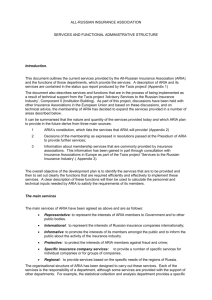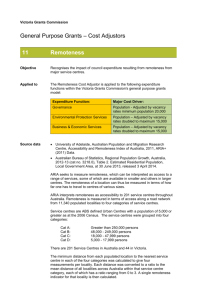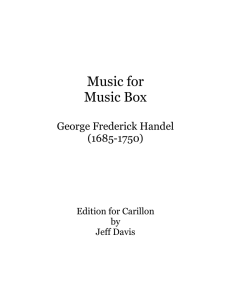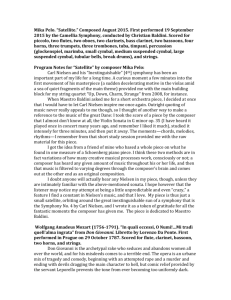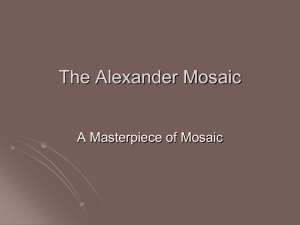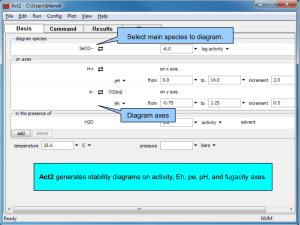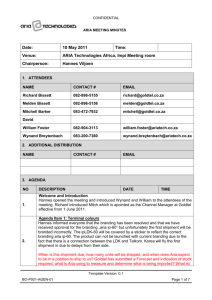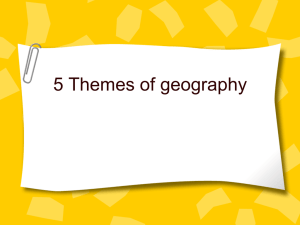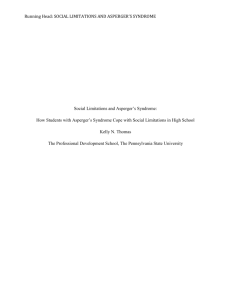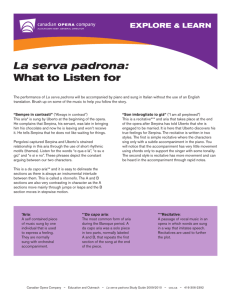Sierra Jacobsen Period 2 Analysis Project: Aria Quarta (Pachelbel
advertisement
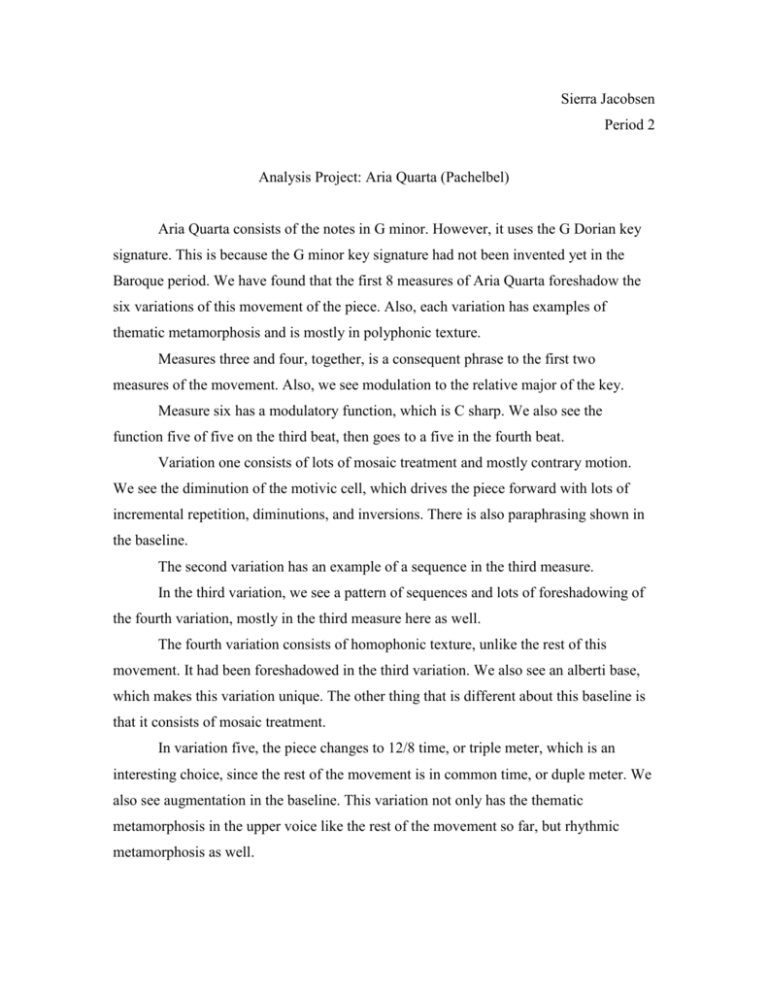
Sierra Jacobsen Period 2 Analysis Project: Aria Quarta (Pachelbel) Aria Quarta consists of the notes in G minor. However, it uses the G Dorian key signature. This is because the G minor key signature had not been invented yet in the Baroque period. We have found that the first 8 measures of Aria Quarta foreshadow the six variations of this movement of the piece. Also, each variation has examples of thematic metamorphosis and is mostly in polyphonic texture. Measures three and four, together, is a consequent phrase to the first two measures of the movement. Also, we see modulation to the relative major of the key. Measure six has a modulatory function, which is C sharp. We also see the function five of five on the third beat, then goes to a five in the fourth beat. Variation one consists of lots of mosaic treatment and mostly contrary motion. We see the diminution of the motivic cell, which drives the piece forward with lots of incremental repetition, diminutions, and inversions. There is also paraphrasing shown in the baseline. The second variation has an example of a sequence in the third measure. In the third variation, we see a pattern of sequences and lots of foreshadowing of the fourth variation, mostly in the third measure here as well. The fourth variation consists of homophonic texture, unlike the rest of this movement. It had been foreshadowed in the third variation. We also see an alberti base, which makes this variation unique. The other thing that is different about this baseline is that it consists of mosaic treatment. In variation five, the piece changes to 12/8 time, or triple meter, which is an interesting choice, since the rest of the movement is in common time, or duple meter. We also see augmentation in the baseline. This variation not only has the thematic metamorphosis in the upper voice like the rest of the movement so far, but rhythmic metamorphosis as well. Variation 6 is contrapuntal. Some of the factors of the first variations are supplied and morphed together in this last variation. It is a summation of the first five measures. The first measure has a G major chord on the last beat, which is the parallel key of G minor. We thought this was an interesting factor of the last variation. This portion of the piece uses mosaic treatment in the fourth measure. Also in measure six, the third beat consists of an A major chord, which is the parallel key of A minor. This is a Dorian function in G minor and G minor is the Dorian of F major, meaning there was a modulation. The same circle of dominants used in Sonata Pian’e Forte is present here, but in diminution, creating a continuous harmonic motion that helps bring the movement to a close. Lastly, Pachelbel uses a Tierce de Picarde for the very end of Aria Quarta. We think that Pachelbel wrote six variations in Aria Quarta possibly because there are six total movements in the piece. Also, this is just one more factor of the piece that adds up to seven. The six variations and beginning section of eight measures concludes the seven part movement. The Aria Prima is in the key of D minor. Gabrieli’s Sonata Pian’e Forte influenced Pachelbel’s movement, Aria Quarta, of Hexachordum Apollinis, in that its key signature and modulatory functions are similar. The movement starts in G minor, then modulates to C major, then F major, and finally to B major. The main motivic cell (or the aria) is introduced in the first 8 measures. He continually foreshadows where he is going with the piece, and uses secondary dominants to create a continuous harmonic motion. In the first variation, Pachelbel uses mosaic treatment and contrary motion. He also paraphrases in the baseline and diminishes the motivic cell. In the second variation he includes a sequence. In the third variation, he foreshadows variation 4 in measure number three, and in variation 4 he uses homophonic texture, an alberti base, and mosaic treatment of the baseline. Then in variation 5 he switches to triple meter, uses augmentation, and thematic and rhythmic metamorphosis. In variation 6, he brings it all together and ends with a tierce de picarde.

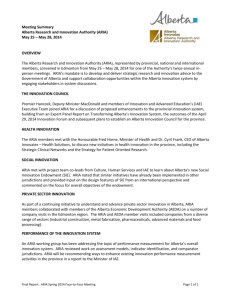
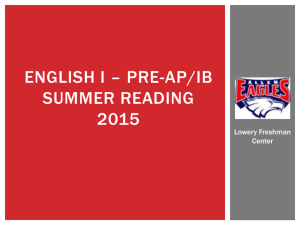
![[#EDS-26] Investigate diferentiating screen readers](http://s3.studylib.net/store/data/007260464_1-1f28ff9487a765c00f51111f692147a9-300x300.png)
